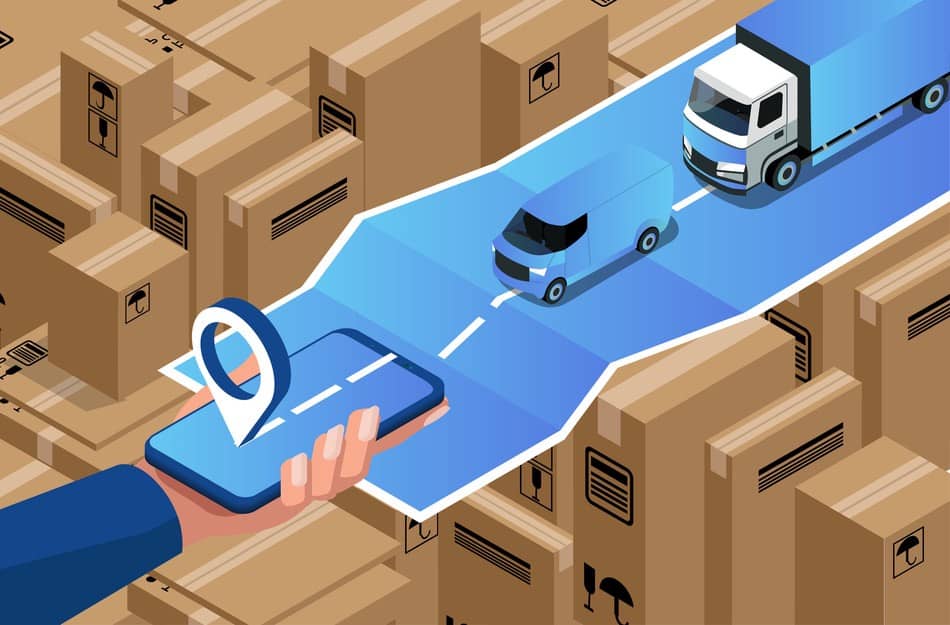The time for global digitalization has come, if there ever was a reason to get on board, it’s been because of the pandemic and the numerous lockdowns and restrictions placed across the globe. It’s affected many an industry, but with globalization, one of the core industries that was hot the hardest was the logistics and freight industry whereby the outcry for digital freight matching and freight digitization was considered a necessity to progress and move things along faster.
So, what’s digital freight matching? Abbreviated for convenience as DFM, it is also known to those in the industry as digital load matching. Essentially, what it does is bridge the gap of the requirement (which is the available freight (or load) of shippers to the right solution (which is the available capacity (or trucks) of the carrier, with the use of various platforms be it mobile or web-based. This is in addition to other similar platforms such as EBS, LTL, and FFL. And all of these solutions, when used with a combination of different platforms, can be used to match shipments. However, all these platforms are not compatible. In a short span of time, from it’s founding in 2016 till now, the process of automatically matching carriers to shipments with artificial intelligence/ machine learning technology and the use of transportation management system has helped evolve it into a success in five short years.
The DFM model was once a novel concept but has become mainstream in recent years for easy access to shipper capacity and real-time freight rates, especially in countries such as North America, China, and India due to the large land coverage required. The adoption for digital freight matching is slower in other areas of the world. It offers an alternative to traditional shipping or freight forwarders/brokers allowing them to get the rate best suited for them, but sometimes while the technology seems ideal at times collaboration doesn’t match the need. This would require automation throughout the supply chain process, to enable it to be smooth functioning. Yet, it is evident that especially in terms of instant quotes/booking, as well as decrease of shipper, freight broker and shipping carrier quoting and tendering issues can be reduced.
Often you see traditional brokers opt for dynamic application program interfaces freight rates in order to keep up with digital freight matching. Experts say that the key to a fully digitized freight industry would require fully digitalized broker and freight forwarder operations.

